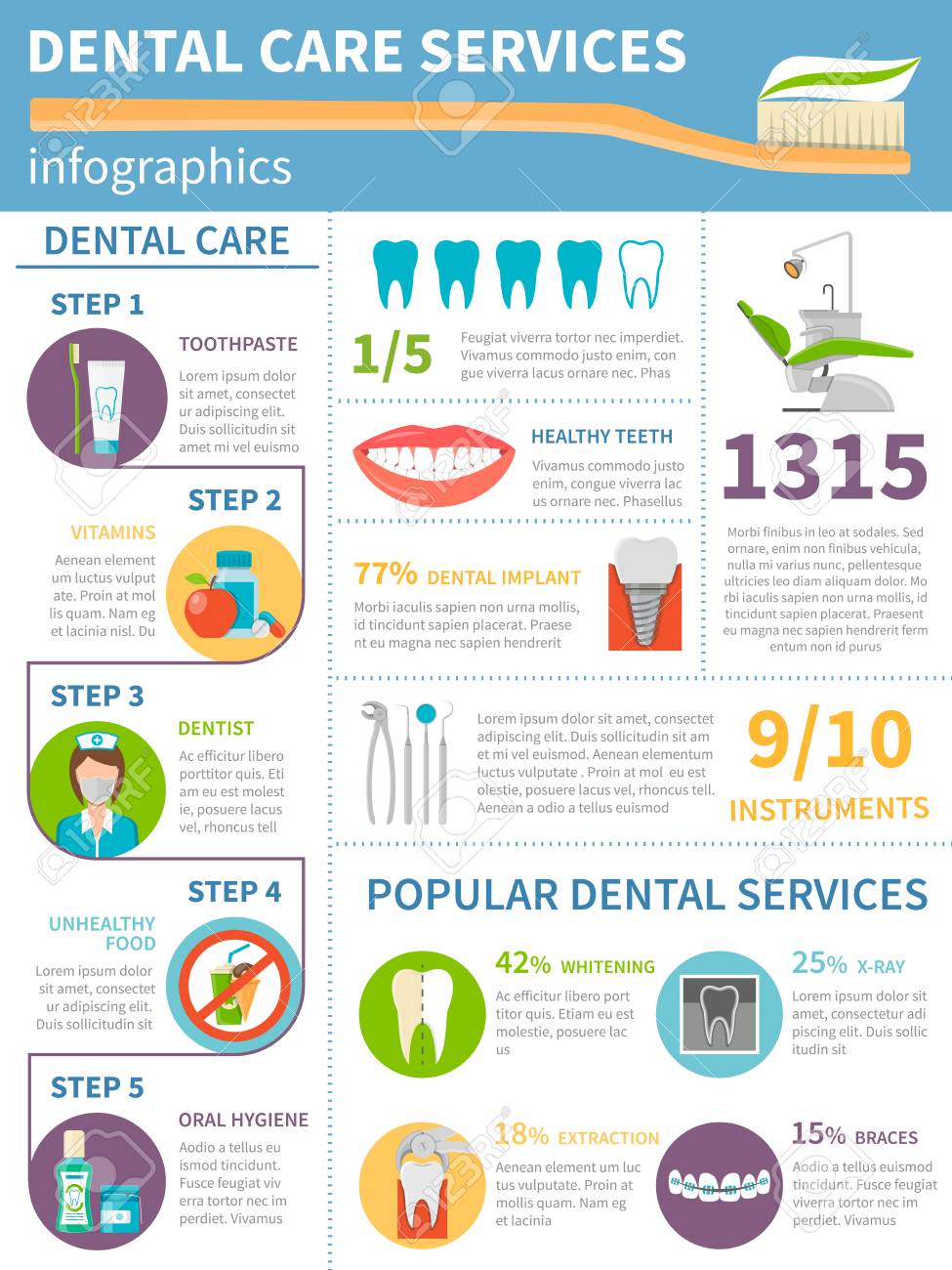The Advancement Of Dental Surgery: Pioneering Innovations And Proceeds Defining The Field
The Advancement Of Dental Surgery: Pioneering Innovations And Proceeds Defining The Field
Blog Article
Short Article Composed By-Reeves Browne
Invite to the globe of oral surgery, where advancements and developments are shaping the future of the field! In this interesting world, you'll witness the transformative power of robotics, the advanced wonder of 3D printing, and the game-changing effect of minimally invasive methods.
The future of oral surgery holds a pledge of accuracy, effectiveness, and boosted patient end results. With the help of sophisticated robotics, specialists are able to perform complicated procedures with better precision and control.
3D printing technology is changing the creation of dental implants and prosthetics, providing customized remedies that fit effortlessly into each individual's unique composition.
Additionally, minimally invasive techniques are minimizing post-operative discomfort and recuperation time, allowing clients to go back to their lives sooner.
Prepare yourself to explore the amazing innovations and breakthroughs that are reshaping the landscape of oral surgery!
Advancements in Robotics
One significant development in dental surgery is using robotic technology, which allows for accurate and effective surgeries. With the help of robotic systems, dental doctors have the capacity to do complicated surgeries with boosted accuracy, minimizing the threat of human mistake.
These robot systems are furnished with advanced imaging technology and precise tools that make it possible for surgeons to browse with detailed physiological structures with ease. By utilizing robotic technology, surgeons can attain greater surgical precision, causing boosted person results and faster recuperation times.
Additionally, making use of robotics in oral surgery enables minimally invasive treatments, minimizing the trauma to surrounding tissues and advertising faster recovery.
3D Printing in Oral Surgery
To improve the area of dental surgery, you can discover the subtopic of 3D printing in dental surgery. This ingenious technology has the potential to change the means oral surgeons run and deal with people. Below are four crucial methods which 3D printing is shaping the area:
- ** Customized Surgical Guides **: 3D printing allows for the creation of highly accurate and patient-specific surgical guides, enhancing the precision and performance of procedures.
- ** Implant Prosthetics **: With 3D printing, dental cosmetic surgeons can develop tailored implant prosthetics that flawlessly fit a client's unique anatomy, resulting in far better end results and patient contentment.
- ** Bone Grafting **: 3D printing allows restoration dentistry near me manufacturing of patient-specific bone grafts, lowering the demand for conventional implanting techniques and boosting healing and recuperation time.
- ** Education and learning and Training **: 3D printing can be utilized to develop reasonable medical versions for academic objectives, allowing oral specialists to practice complicated treatments prior to doing them on clients.
With dentist bee cave to boost precision, customization, and training, 3D printing is an exciting development in the field of dental surgery.
Minimally Invasive Strategies
To additionally advance the field of oral surgery, welcome the potential of minimally intrusive techniques that can significantly benefit both surgeons and people alike.
Minimally intrusive techniques are reinventing the area by reducing medical trauma, decreasing post-operative discomfort, and accelerating the healing procedure. These strategies entail using smaller cuts and specialized tools to do procedures with accuracy and performance.
By making use of advanced imaging modern technology, such as cone light beam calculated tomography (CBCT), surgeons can properly plan and perform surgical procedures with very little invasiveness.
Furthermore, using lasers in oral surgery allows for precise cells cutting and coagulation, causing minimized bleeding and decreased healing time.
With minimally invasive strategies, individuals can experience much faster recuperation, reduced scarring, and boosted outcomes, making it a vital facet of the future of oral surgery.
Conclusion
So, as you can see, the future of oral surgery is extremely appealing, with amazing technologies and breakthroughs shaping the area.
From the innovations in robotics to the use of 3D printing and minimally intrusive techniques, dental cosmetic surgeons are reinventing the method they give care.
While some may worry about the possible price associated with these innovations, it is necessary to remember that these technologies eventually improve patient outcomes and decrease healing time, making them well worth the investment in the long run.
